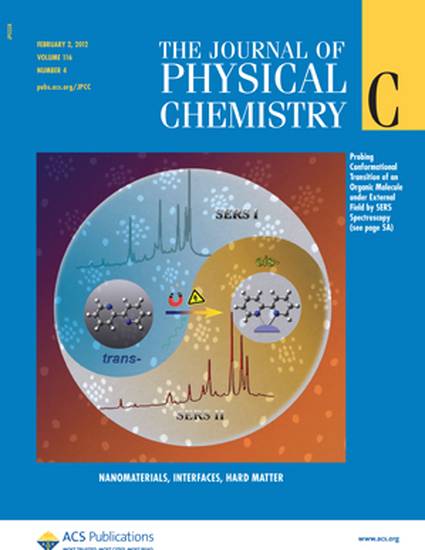
Article
Self-Improving Anode for Lithium-Ion Batteries Based on Amorphous to Cubic Phase Transition in TiO2 Nanotubes
Journal of Physical Chemistry. C
(2012)
Abstract
We report an electrochemically driven transformation of amorphous TiO2 nanotubes for Li-ion battery anodes into a face-centered-cubic crystalline phase that self-improves as the cycling proceeds. The intercalation/deintercalation processes of Li ions in the electrochemically grown TiO2 nanotubes were studied by synchrotron X-ray diffraction and absorption spectroscopies along with advanced computational methods. These techniques confirm spontaneous development of a long-range order in amorphous TiO2 in the presence of high concentration of Li ions (>75%). The adopted cubic structure shows long-term reversibility, enhanced power with capacity approaching the stochiometry of Li2Ti2O4. The anode shows also superior stability over 600 cycles and exhibits high specific energy (~200 W h kgelectrode–1) delivered at a specific power of ~30 kW kgelectrode–1. The TiO2 anode in a full Li-ion cell with a LiNi0.5Mn1.5O4 cathode operates at 2.8 V and demonstrates the highest (~310 mA h/g) reversible specific capacity reported to date. Our conceptually new approach fosters the ability of amorphous nanoscale electrodes to maximize their capacity in operando, opening a new avenue for synthesis of safe and durable high-power/high-capacity batteries.
Disciplines
Publication Date
February 2, 2012
Publisher Statement
Please refer to the article for a complete list of authors.
Citation Information
Hui Xiong. "Self-Improving Anode for Lithium-Ion Batteries Based on Amorphous to Cubic Phase Transition in TiO2 Nanotubes" Journal of Physical Chemistry. C Vol. 116 Iss. 4 (2012) Available at: http://works.bepress.com/hui_xiong/4/
